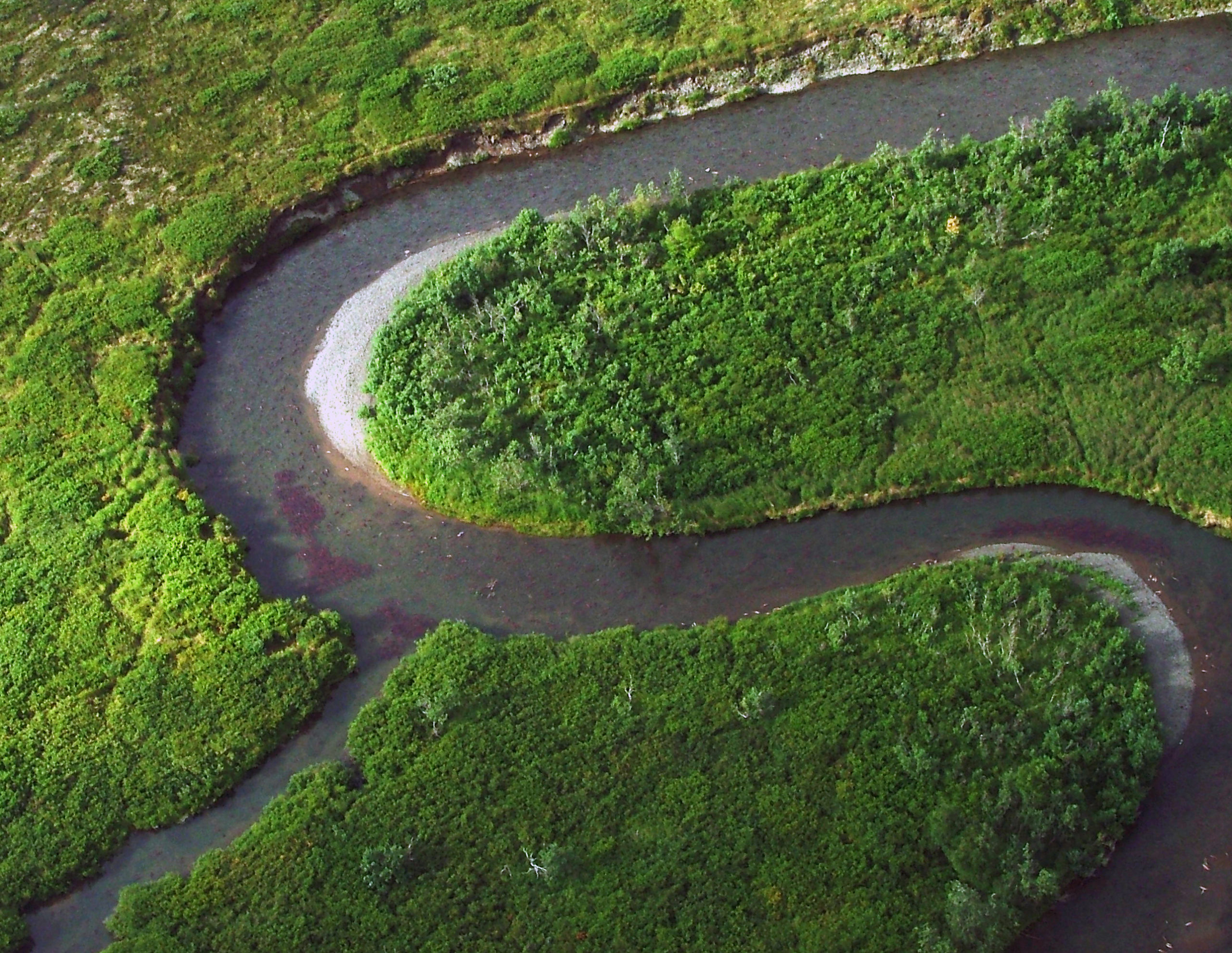
A Pebble mine update: Can we just let the salmon run?
By Dawnell Smith
The Pebble mine proposal has upturned lives and posed a constant threat to communities and ways of life. People in the region had to say “no” over and over again for decades.

Meanwhile, the fish keep coming back in record numbers. Salmon continue nourishing dozens of local communities and a commercial and recreational fishery that feeds the world and supports thousands and thousands of jobs. In a time where climate and other environmental factors have led to poor salmon runs throughout the state, Bristol Bay keeps bringing hope.
So, can we please just let the salmon run?
EPA can protect Bristol Bay for good
The U.S. Environmental Protection Agency said it would decide whether to move forward with proposed restrictions on mining in the Bristol Bay region by Dec. 2. The agency certainly has a lot of public input to assess.
When the latest Proposed Determination came out, record numbers of Bristol Bay residents and Alaskans submitted comments in support of protections during the comment period that ended this month. Since 2011 and over seven comment periods held by multiple agencies, over four million people have said no to the Pebble mine.

Most Bristol Bay residents and Alaskans support Clean Water Act protections and oppose the proposed mine because they know that hard rock open pit mining at the headwaters of one the healthiest salmon fisheries in the world makes no sense and presents an existential threat to the region’s communities.
The science supports that view
In the comments we submitted to EPA on behalf of 18 groups, we highlighted the science showing that the Pebble proposal would put multiple salmon runs at serious risk of catastrophic collapse.
Pebble would industrialize the headwaters of the world’s largest sockeye salmon fishery; the watershed supports not only dozens of species of fish, including thriving runs of all five species of salmon, but also more than 190 species of birds, 40 species of animals, and a thriving fishing culture.
“The science absolutely concludes that large-scale mining would irreparably harm the wetlands, waters, fish, and communities of Bristol Bay,” said Katie Strong, senior staff attorney for Trustees, “and it would be one of the most damaging, if not the most damaging, projects ever permitted under the Clean Water Act.”

Alannah Hurley, executive director of United Tribes of Bristol bay, said in a recent press release what needs to happen next: “During the busiest season of the year, amidst a record-breaking salmon run, the people of Bristol Bay once again made it clear that EPA must finalize strong protections for our watershed and end the threat of Pebble Mine for good. Year after year, in every comment period and hearing held, over 95 percent of all comments and testimony call on the EPA to protect the pristine waters of Bristol Bay. Waters that sustain our indigenous way of life, provide half the world’s sockeye salmon, and contribute thousands of sustainable jobs year after year. The science and record are clear, EPA must finalize strong protections for our headwaters by the end of this year.”
You can help by watching and sharing this End the Threat message, and continuing to speak up for healthy waterways, healthy fish, and healthy Alaska communities.


